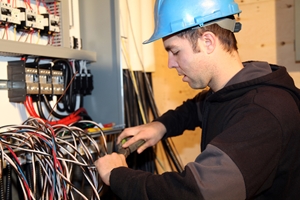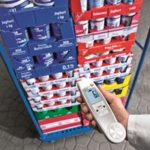Australian electrical contractors are putting greater emphasis on using compliant products and tools while on the job, according to a recent survey.
Electrical industry information hub Voltimum conducted the research alongside the National Electrical and Communications Association (NECA), and found that awareness regarding the dangers of using non-compliant products has increased dramatically in recent months.
In fact, Voltimum claims that awareness has increased from 28 per cent to 89 per cent over the last year.
Meanwhile, nearly two thirds (63 per cent) of electrical contractors now understand they can be held responsible for any injury or damage caused by using a product that does not meet Australian Standards.
NECA CEO Suresh Manickam says the results are “extremely good news” for the entire Australian electrical contracting industry.
“Safety is our biggest concern, and knowing that NECA electrical contractors are so aware of the issues associated with non-compliant products, and at the same time aware of where to report anything they see being sold that doesn’t meet Australian standards, means this initiative is even more successful than we expected,” said Ms Manickam.
When purchasing electrical tools and equipment – such as thermal imaging cameras – it is important to ensure that they are reliable and compliant with any applicable safety standards.
Installing or utilising low-quality, unsafe tools and equipment can result in mistakes being made and potential hazards being missed, putting the safety and wellbeing of both contractor and customers at risk.
In order to combat this threat, Voltimum and NECA have launched an initiative dubbed Does it Comply?, encouraging contractors to ask more questions about the tools they are using day-to-day.
“Safety and quality are imperative for electrical products, that’s why we need to make the public aware of all the potentially unsafe product that’s available in the market,” explained Voltimum Country Committee Chairman Kim Craig.
Does it Comply? is intended to work in tandem with the the Electrical Equipment Safety System (EESS) introduced in Queensland last year, in order to make the electrical industry safer for everyone involved.









 Reduce cooking oil costs while ensuring quality
Reduce cooking oil costs while ensuring quality Expert knowledge on CO2 monitoring
Expert knowledge on CO2 monitoring Refrigeration knowledge - in 3 modules
Refrigeration knowledge - in 3 modules



